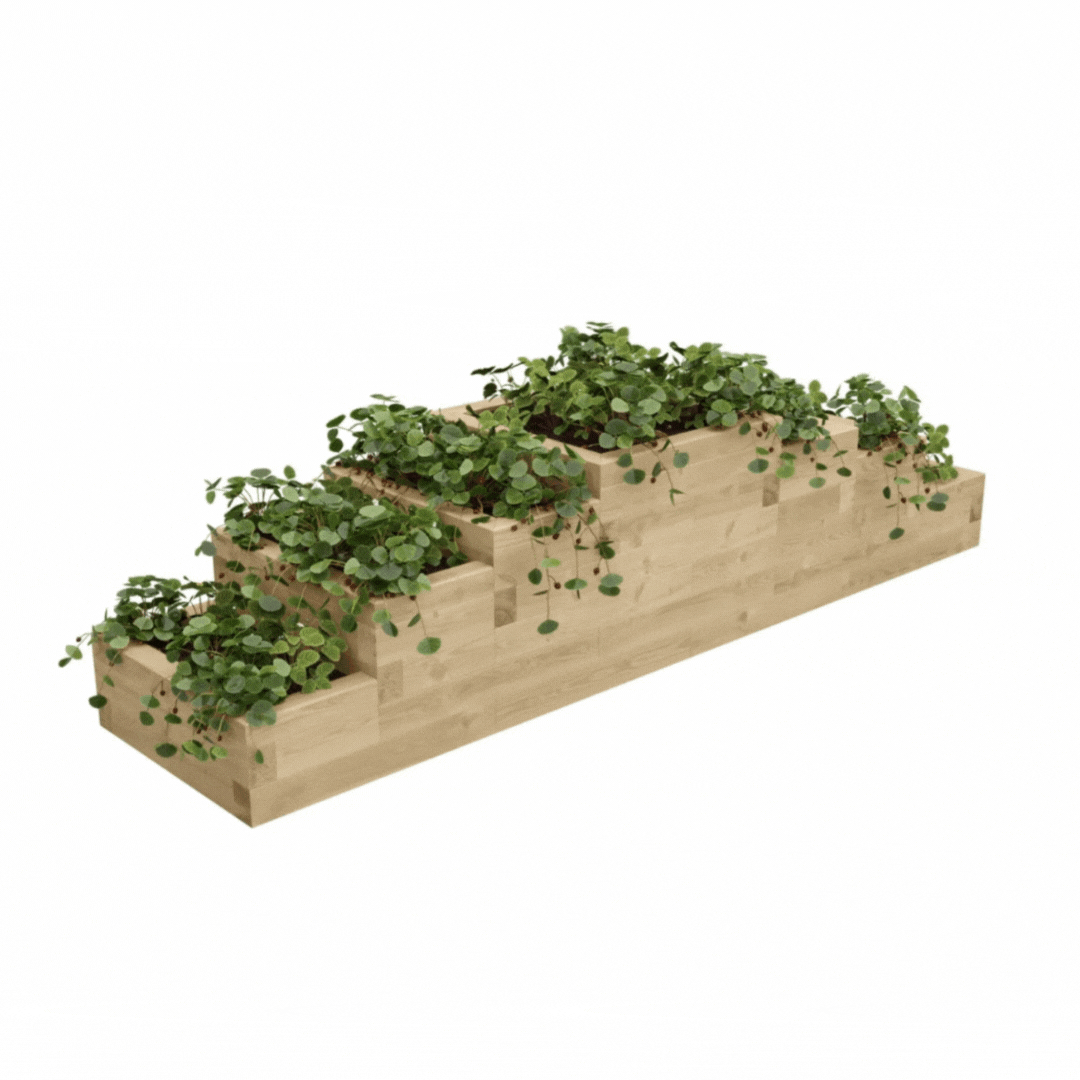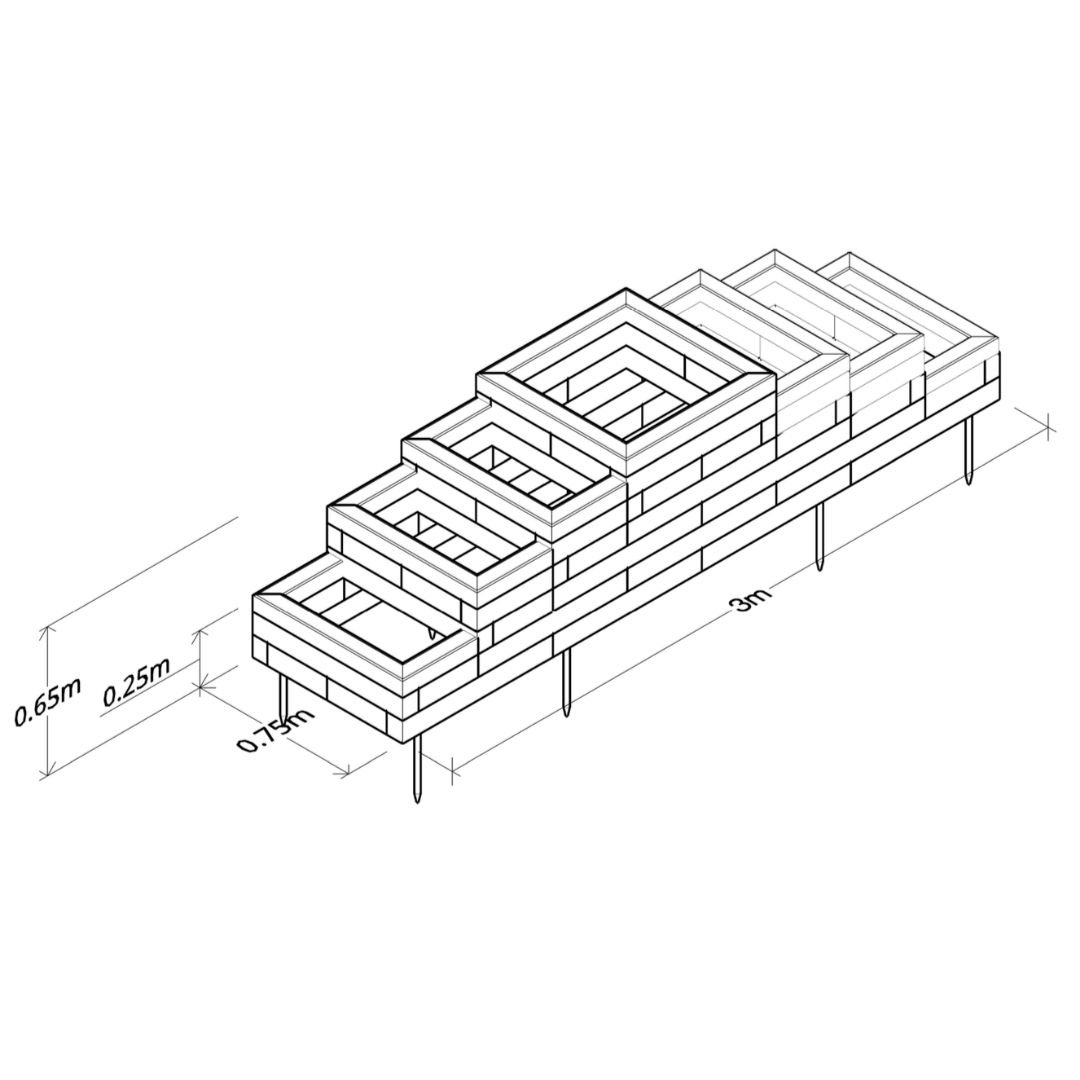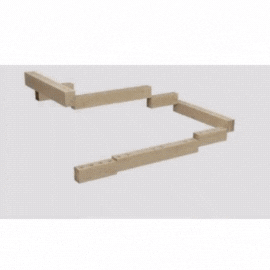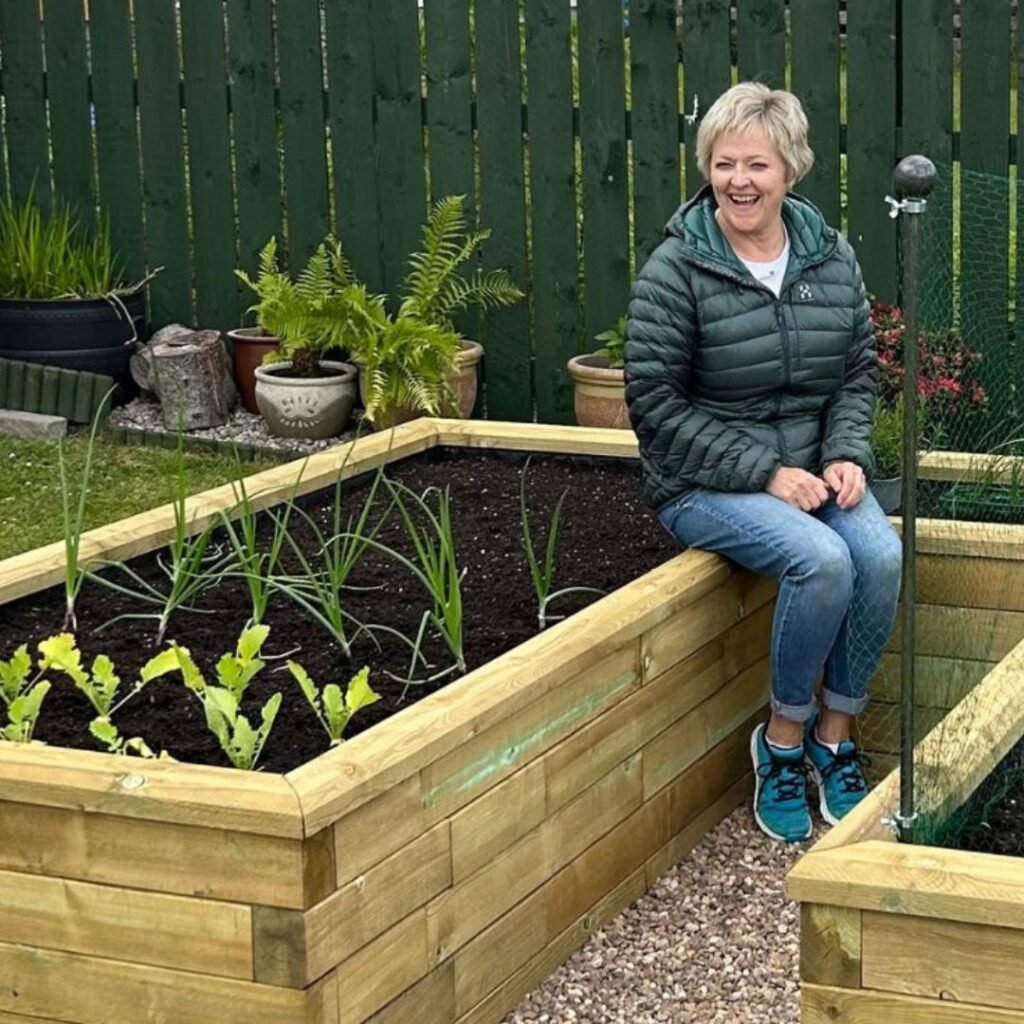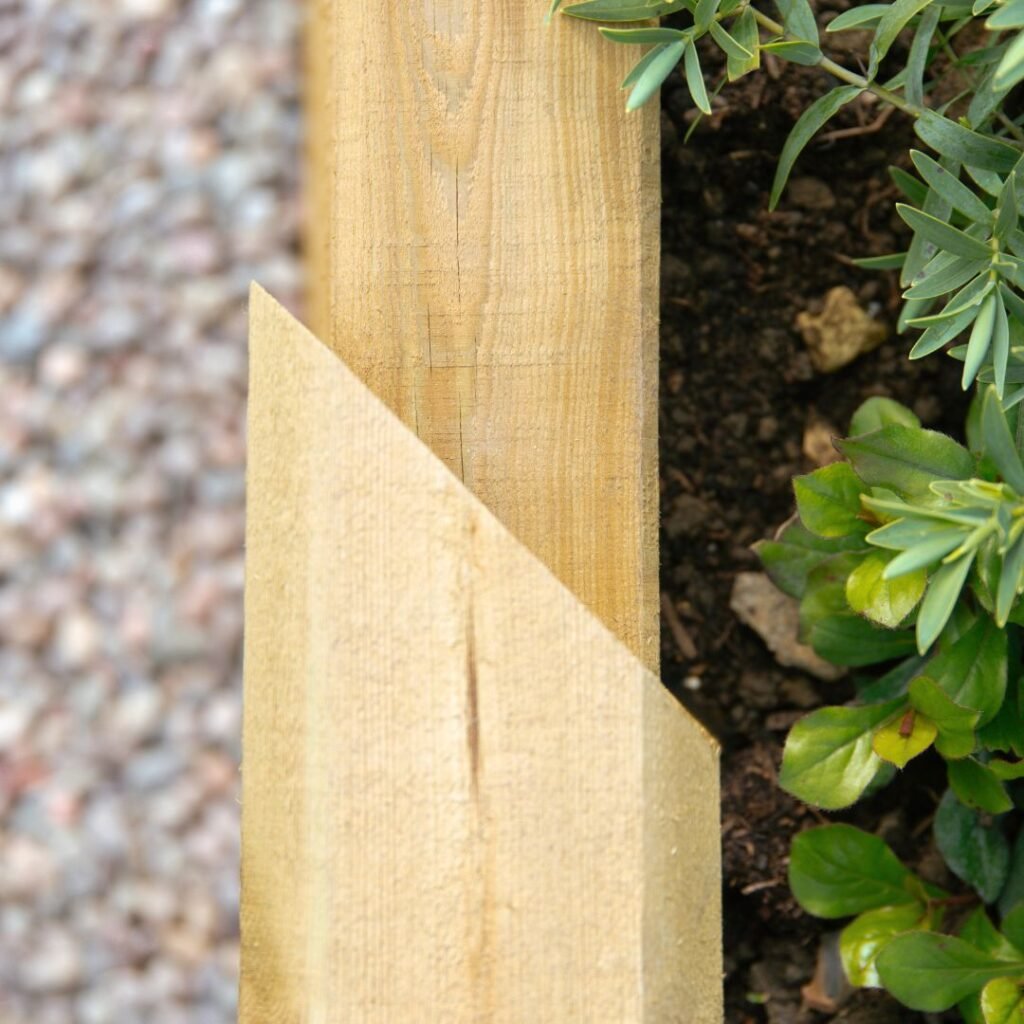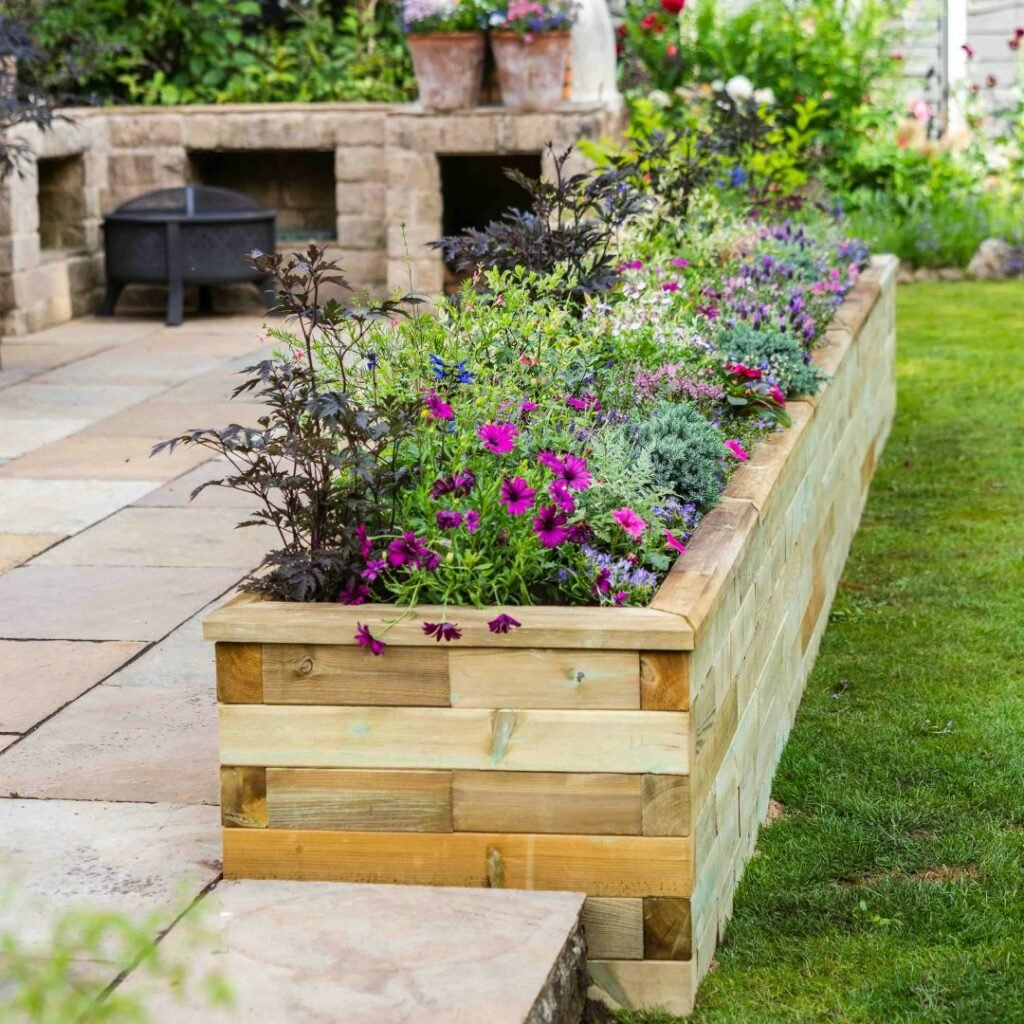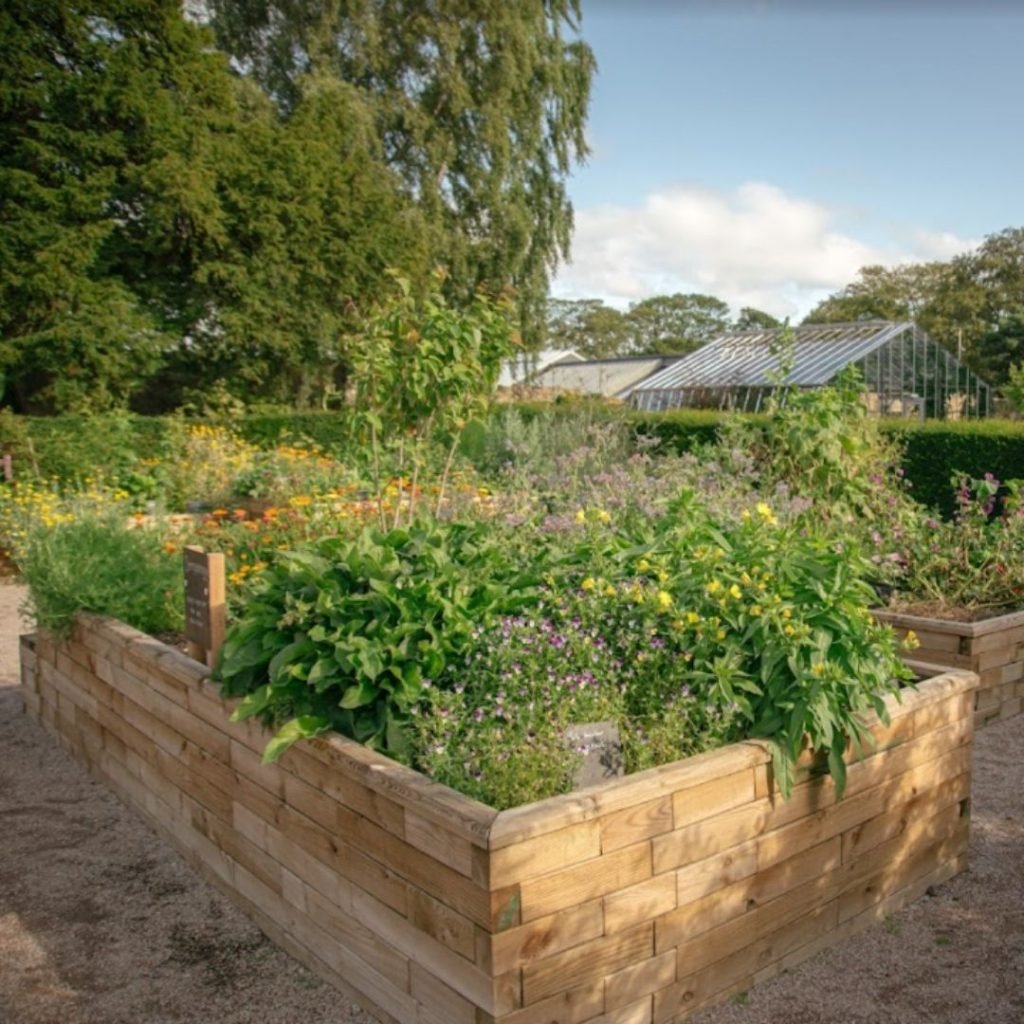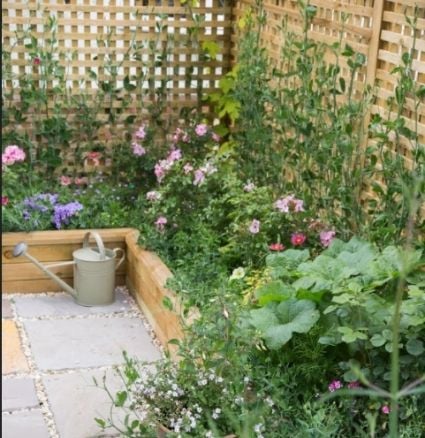How to grow strawberries in raised beds
Grow your own delicious strawberries to harvest this summer!

In this blog we explain how to grow strawberries in raised beds is one of the easiest ways to nurture this popular summer fruit. Once you’ve tasted a home-grown strawberry, plucked from the plant at perfect ripeness, warmed by the sun so its natural sugars are at their peak….there is no going back. And if that were not enough to convince you, strawberries are an incredibly easy fruit to grow and will keep on supplying you with plants year after year.
Growing strawberries in raised beds
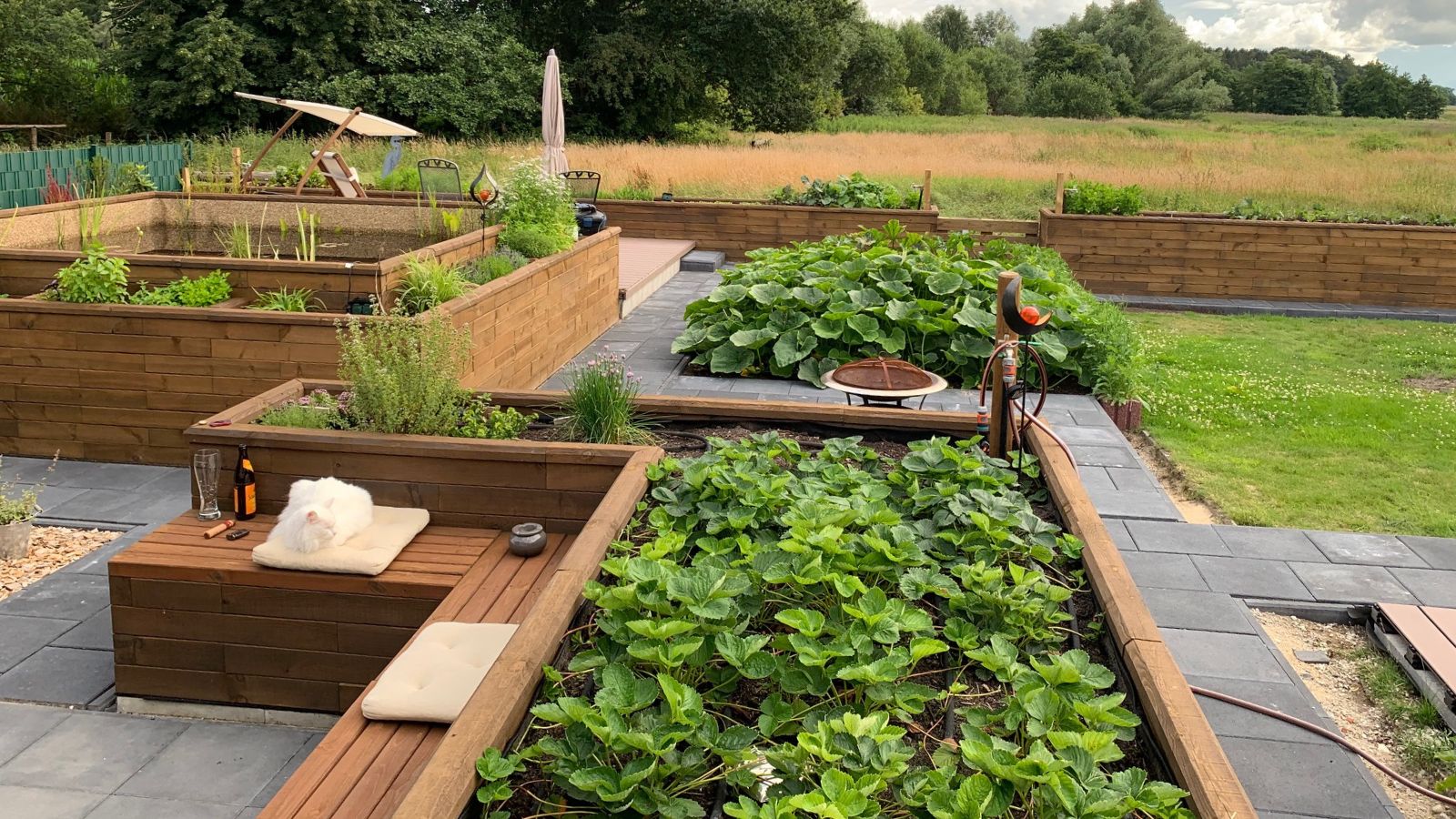
Raised beds are perfect for growing strawberries. Here are a number of benefits for growing strawberries and other fruits.
- Raised beds warm up quicker in spring allowing earlier cropping
- The height makes planting, tending and watering much easier
- Choose your own soil so you know exactly what is in it
- Strawberry plant protectors - add crop protectors and netting to keep the birds and other pests at bay
- Keep plants contained to prevent spreading
- Dangle berries over the sides to help keep them clean and disease free
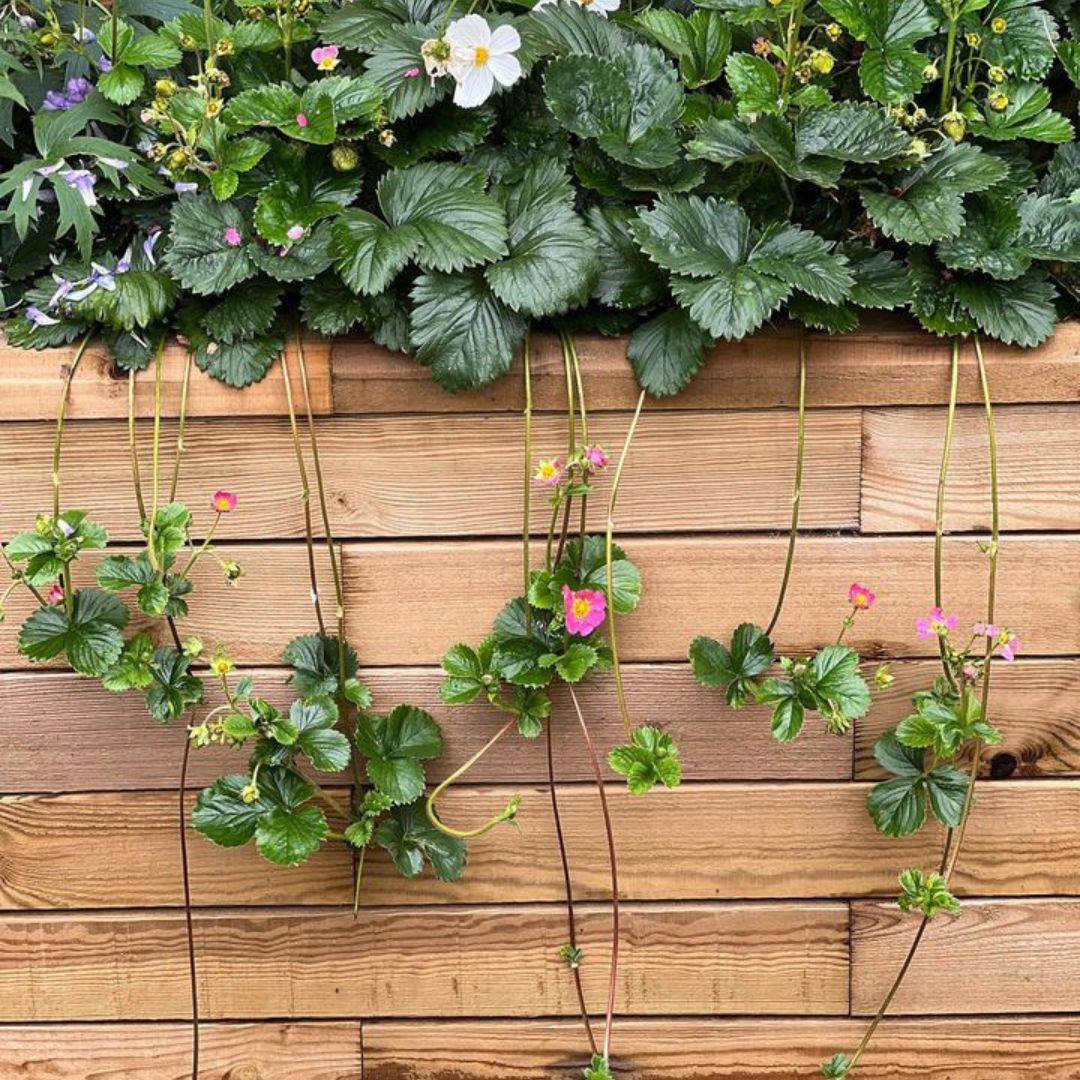
What variety of strawberry should you plant? Rob Smith shares his top six

Expert garden Rob Smith from Rob's Allotment has shared his top tips for growing strawberries, he says that raised beds are ideal for strawberry plants as you can plant them near the edge and allow the fruit to dangle over the side, making harvesting a doddle! It also means your fruit is raised up and out of the way of slugs and snails.
Here are Rob's top strawberry varieties:
Best strawberries for jam-making
If you want them to make jam, grow June-bearing varieties like Cambridge favourite as they crop heavily in June/July, perfect to make big batches of jam
Best strawberries for snacking
If you prefer to have a few fruit every day for breakfast or snacking, grow day-neutral varieties like ‘Delizz, they will crop from late May to the first frosts
Best strawberries for striking flowers
If you want to grow fruit and also want your plants to look good, try growing a red or pink flowered type (Just add cream or Toscana), there are even some with double flowers like mini roses (Summer Breeze Rose)
Strawberries with a difference
For something different you can grow white strawberries which are also known as pine berries, this is because they have a hint of pineapple to them
Alpine strawberry varieties
For fruits which have a bubblegum flavour your can grow smaller fruited alpine strawberries, these are great to plant in an unused spot and leave them to naturalise, giving you lots of super tasty little fruit
Strawberries that taste like raspberries?
There’s even a strawberry that will amaze your tastebuds, the Framberry looks like a strawberry but tastes like a raspberry!

What type of compost do strawberries thrive in?
A good peat-free multi-purpose compost will create ideal growing conditions for your strawberries. If you plan to plant them in existing soil/compost, just add a few handfuls of a chemical-free fertiliser, this will help to give the soil a nutrient boost and support your strawberry plants.
Growing strawberries in raised beds
Strawberry plants should be planted in early spring. They are available to buy from garden centres and even supermarkets, usually in packs of four or six plants, but you can also order them online.
Buying ‘bare root runners’ is much cheaper, and these are usually supplied in bundles of 10 or 12 plants per variety. These do not have any soil around their roots, and need a soaking overnight before planting straight away so they don’t dry out.
Plant your strawberry plants so that the point at which the roots turn into shoots (called the ‘crown’) is exactly at soil level. This will ensure the best growth of the plant. If you're wondering how far apart to plant strawberries, leave about 30cm between plants in a row, and 50-60cm between rows. Keep the soil moist but not wet, always watering the soil not the plants (again to avoid spreading botrytis).
Once the fruit appears, you can spread some straw between the plants to help keep them off the soil, but it’s not essential. If they are close enough, putting them over or on the edge of the raised bed where they will catch the most sun will keep them clean and speed up the ripening process.
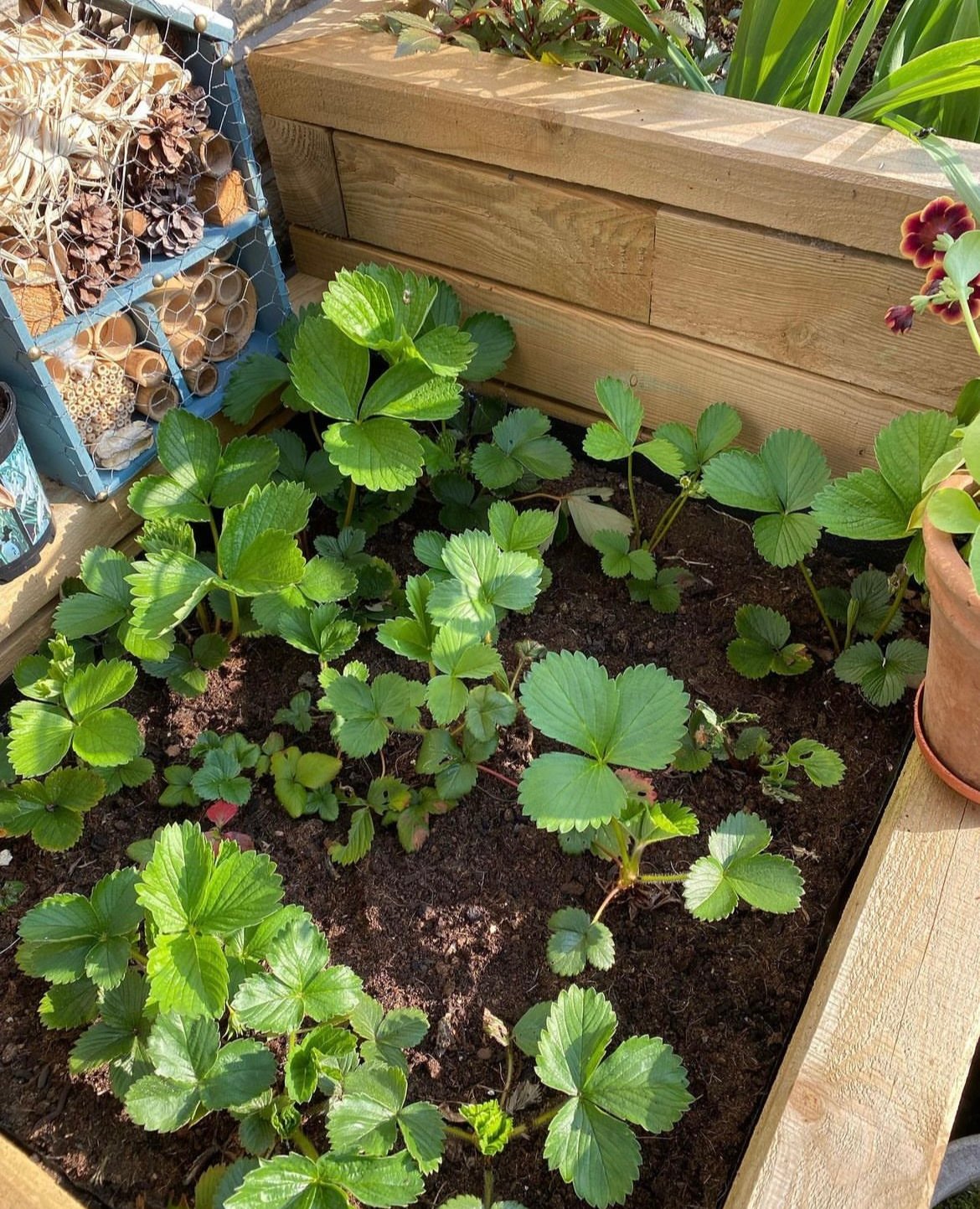
Mulching, feeding and pest control for strawberries
You can choose not to feed strawberries throughout the growing season, but if you want a plentiful crop use a good quality nitrogen and potash fertiliser, this will provide all of the nutrients needed to boost flowering and fruit.
To keep pests at bay from your raised strawberry bed use crop protectors and netting, this will ensure the birds can't peck at the fruits and will deter slugs and snails. One of the main strawberry pests is the vine weevil, this little critters will eat the leaves of strawberries and their larvae, which begin life in the soil will and eat the roots. The pests can be picked off the plants and removed - this is best done in the evening when the weevils are most active.
Long-term care of strawberry plants
After fruiting, the plants will produce long stems with baby plants on them, called runners. Peg down the first baby plant on two-three runners per mother plant, cutting off the rest of the runner. Once it’s rooted into the soil it can be severed from the mother plant and replanted elsewhere or potted up to give away. The mother plant is best replaced every 3-5 years, so by potting up a few runners every year you’ll have a good rolling stock of fresh plants, all for free.
*Botrytis is a fungal disease that is in the air and easily infects soft fruit. To prevent it taking hold, pick all ripe fruit promptly, cut back dead leaves and stalks and if you see any grey mouldy bits, remove and burn them as quickly as possible.
Watch our video for more tips on growing strawberries in a raised bed.

Our top raised bed designs for growing strawberries, other fruits and vegetables
The beauty of a WoodBlocX raised bed is that you can have any shape or size to suit you and your garden style, here are just some of the shapes that you could use for growing strawberries. Can't see what you like? It is quick and easy to get exactly what you need, you can either shop our wide range of kits, use our raised bed calculators to input your own measurements or leave the design to us and use our Free Design Service.
The Strawberry Tower Planter
Designed for growing strawberries and other trailing plants, the Tower Strawberry Planter will keep will keep the fruits off the ground in style.
WoodBlocX Grow Your Own gallery

Strong, durable and long-lasting
Our FSC-certified wood is pre-drilled, then treated to ensure the treatment penetrates 100% of the wood, this combined with the way our structures are built using strong dowels ensuring against movement and cracking, plus each structure is guaranteed for 15 years (when lined).

Everything needed to build is supplied
Building with WoodBlocX means everything you need to build is supplied, your kit will include all of the wooden BlocX and dowels needed to build so there is no waste as you don't need to cut any wood, just build up block by block.

Easy to build
Our parts are lightweight so there is no heavy lifting needed, plus each kit is supplied with a set of step-by-step building instructions that are unique to your kit. No technical skills are needed to build with WoodBlocX - anyone can do it!

